Ligustrum is a genus of about 50 species of deciduous, semi-evergreen, shrubs found in woodland and thickets in Europe, North Africa, the Himalayas, Asia and Australia. The Ligustrum genus belongs to the olive family and have opposite, elongated oval shaped, often glossy leaves. In summer they produce small, unpleasantly scented white flowers followed by small round fruit. Many species of Ligustrum are used for hedging and this can provide a good source of material for bonsai; they are good for beginners as they are very forgiving and virtually indestructible. Ligustrum is often used for hedges, which can be a source of good thick trunked bonsai material.
The species of Privet used for bonsai are:
Ligustrum ovalifolium – Oval-leafed PrivetA vigorous, upright, semi-evergreen shrub with oval, rich green leaves up to 6 cm long. White flowers in dense panicles to 10 cm in mid-Summer followed by spherical, shiny, black fruit. Native to Japan, the oval leafed Privet can reach heights of 4m.
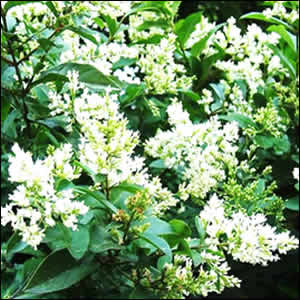
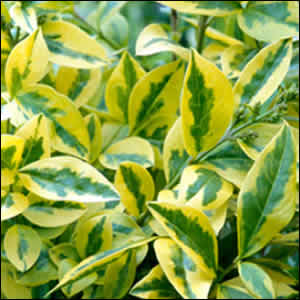
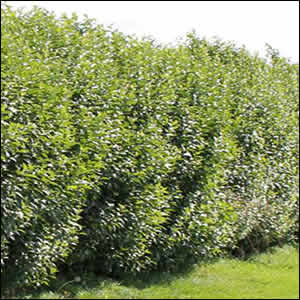
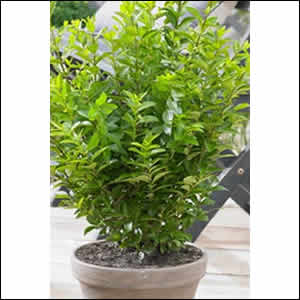
A deciduous or semi-evergreen shrub with narrowly oval, dark-green leaves to 6 cm long. White flowers are produced in panicles to 5 cm long in early and mid-Summer followed by spherical black fruit. Native to Europe, North Africa and Asia, the Common Privet is less vigorous than the Oval Leaf Privet but can still reach heights of 3m.
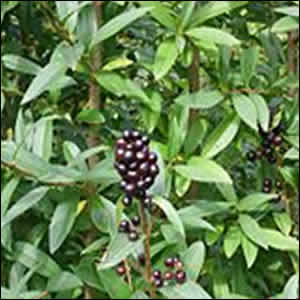
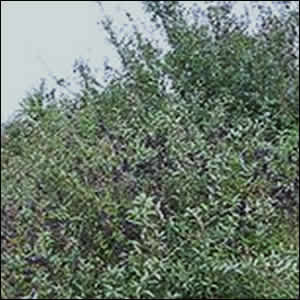
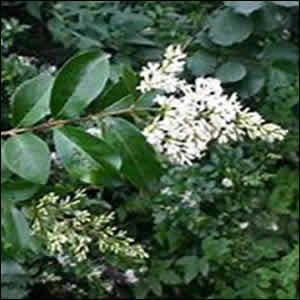
- Position in full sun or shade; privet is very tolerant and fully hardy and only requiring frost protection below -10°. In winter the colder the temperatures the more leaves they drop; this causes no permanent damage even when they lose all their leaves. In spring, new growth replaces any foliage lost.
- On hot days the privet needs a lot of water and must be watered thoroughly as soon as the soil gets dry. In winter water less but take care not to let the rootball dry out completely.
- Feed fortnightly during the growing season.
- Repot annually in spring as new buds extend; using a basic bonsai mix.
- Trim to shape through the growing season, remove overlarge leaves and shoots with overlong internodes.
- Hard prune during the late winter or early spring before new growth starts.
- Wiring can be carried out anytime.
- Aphids, leaf spot, scale insects, leaf miners, thrips, wilt can be found on privet.
- Suitable for Informal upright forms with single or multiple trunks. Takes all bonsai styling techniques very well.
- Deadwood frequently a feature of this species needs special care. It has a very soft core wood that rots very rapidly and is almost impossible to prevent. Therefore any carving must be treated as soon as it has dried out thoroughly right down to root level; with either a wood hardener such as that sold by Ronseal or alternatively with a cyanoacrylate form of liquid super glue. Use superglue liquid, not gel. Apply when the wood is as dry as possible. If necessary, first use a small gas blowtorch to drive out any moisture that remains in the outer layers. When the superglue is dripped on the deadwood, it soaks straight in. Keep dripping the superglue into the wood until it becomes glossy showing that the wood is fully saturated The superglue takes a few hours to harden. You can then wire-brush to remove the glossy finish. Apply some protection to the roots when applying any run off of surplus glue into the soil although it does little harm.
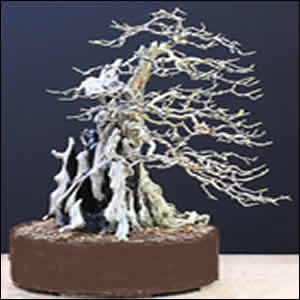
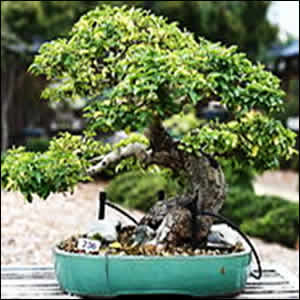
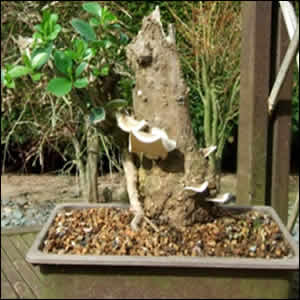
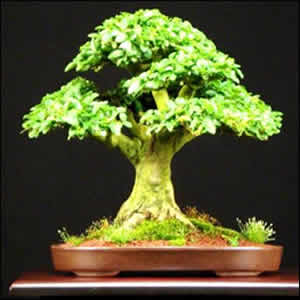
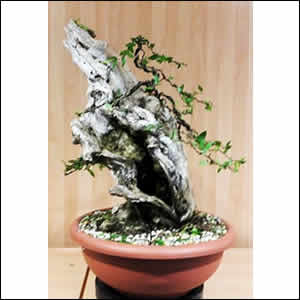
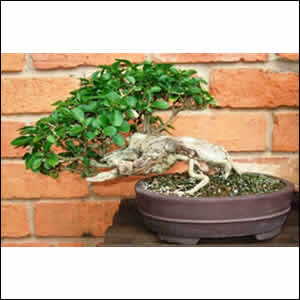
Web design: nysys